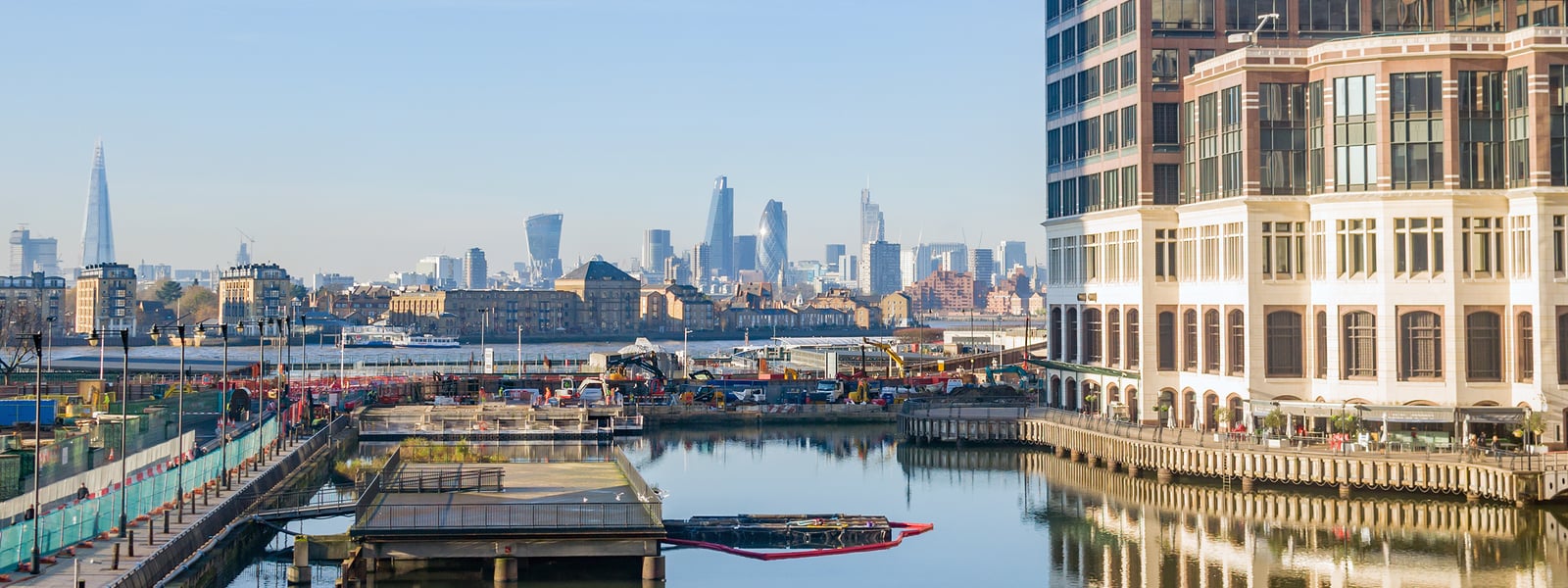Forecasts & outlook Q2 2020

PCL values set to bounce back next year but UK recovery delayed until 2022. Will Brexit and potential tax reform throw things off course?
Experian’s latest house price forecasts for Cluttons are shown in the table below. Their current baseline economic scenario is a ‘delayed V-shape’, with the virus contained in Q3 2020 but activity in that quarter still very subdued. The current estimate is that UK GDP will take three years to recover to pre-virus levels. House prices and rents will not see percentage falls as large as GDP in 2020, Experian expect Q2 2020 to be the bottom, with little change in Q3 and recovery starting from Q4.
While the health impact of the pandemic appears to have peaked in the UK – second wave permitting – the economic impact has not, so there are significant downside risks to the above forecasts. In addition, it should be noted that the results of various house price indices, where they are able to produce data, may be much more volatile than usual due to exceptionally low transaction counts and potentially unrepresentative sales mixes, so forecasts are very likely to be subject to regular change as new and revised data emerges.
Other Forecasters
A sample of house price forecasts from the last three releases of the HM Treasury comparison report are shown in Figure 1. Unlike GDP forecasts, as the pandemic has progressed the figures have not converged around a consensus, with some forecasters now more optimistic on house prices compared to two months ago, and some much more negative.
A further selection of forecasts (all updated to reflect the impact of the pandemic) are shown in the table below. The OBR’s central scenario is much more positive than the property consultancies’, with growth in 2022 almost reaching double-digits. This level of national house price inflation has not been seen since 2007.
While their impact on the UK property markets continues to change, the known risks of Coronavirus and Brexit are ‘priced in’ to commentators’ forecasts and outlooks at this point. But there are other potential negative influences on the market on the horizon, the main one being a substantial change to property taxation.
The Capital Gains Tax exemption for main residences is worth around £30bn annually. Reducing or removing this could be an option for rebuilding the public finances post-pandemic, along with other wealth or luxury taxes. Under normal economic conditions such changes would likely be considered ‘too politically difficult’, but a crisis can often provide cover for introducing unpopular policies. Regardless of whether the proposed tax is implemented, once the idea has been floated activity often stalls based on weaker sentiment and a ‘wait-and-see’ approach.
The government has provided one demand-boosting policy already, the Stamp Duty holiday, and it is difficult to see what other ammunition they have. An extension of Help to Buy is likely but alone will not increase demand, just stop it from falling further.
More generally, continued low interest rates and further quantitative easing (QE) will support asset prices and reduce the need for forced selling by homeowners and investors, limiting downward pressure on values. In real terms, house prices are not at cyclical highs, so low activity and stagnant pricing are more likely than large price falls.
